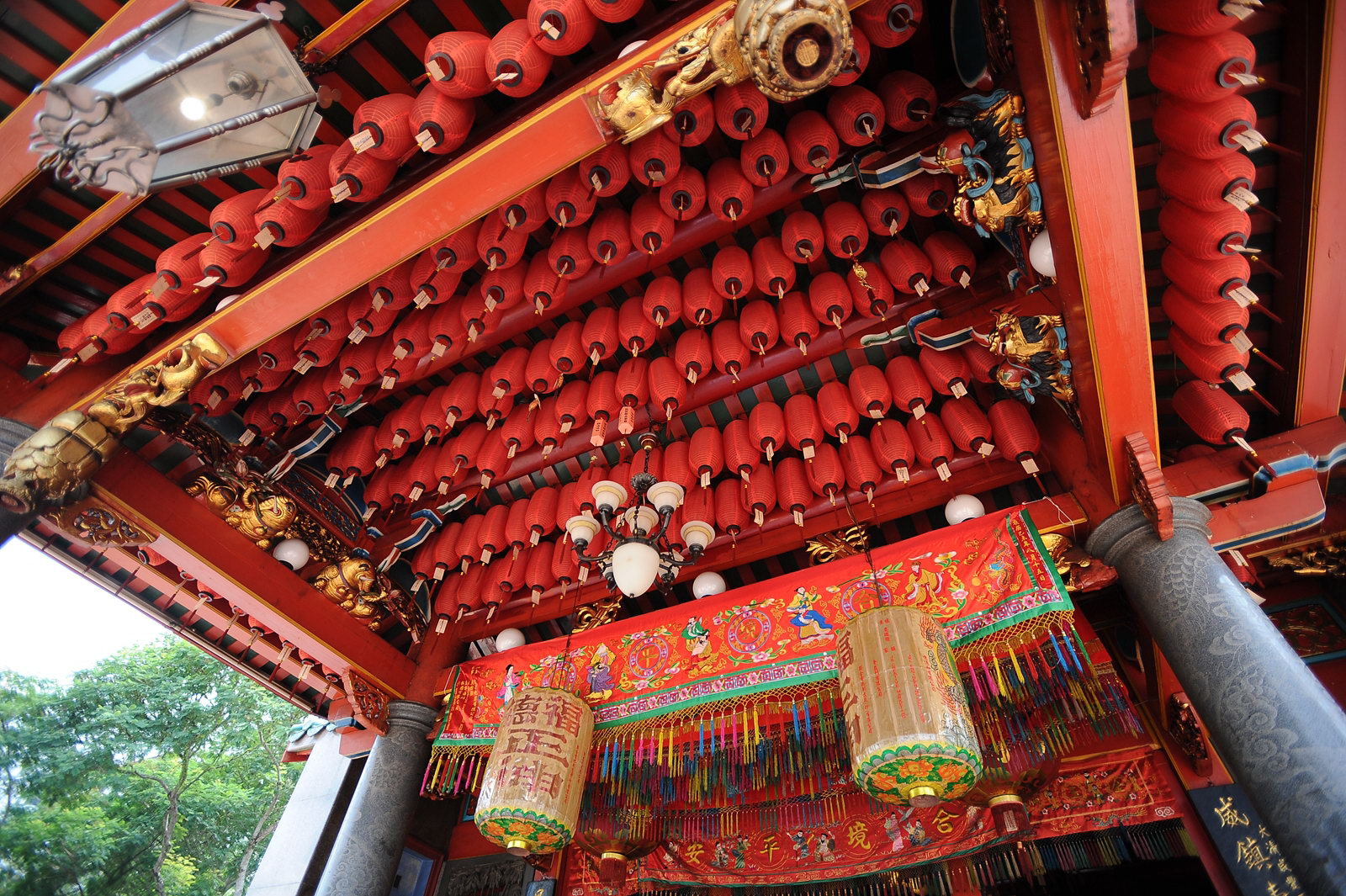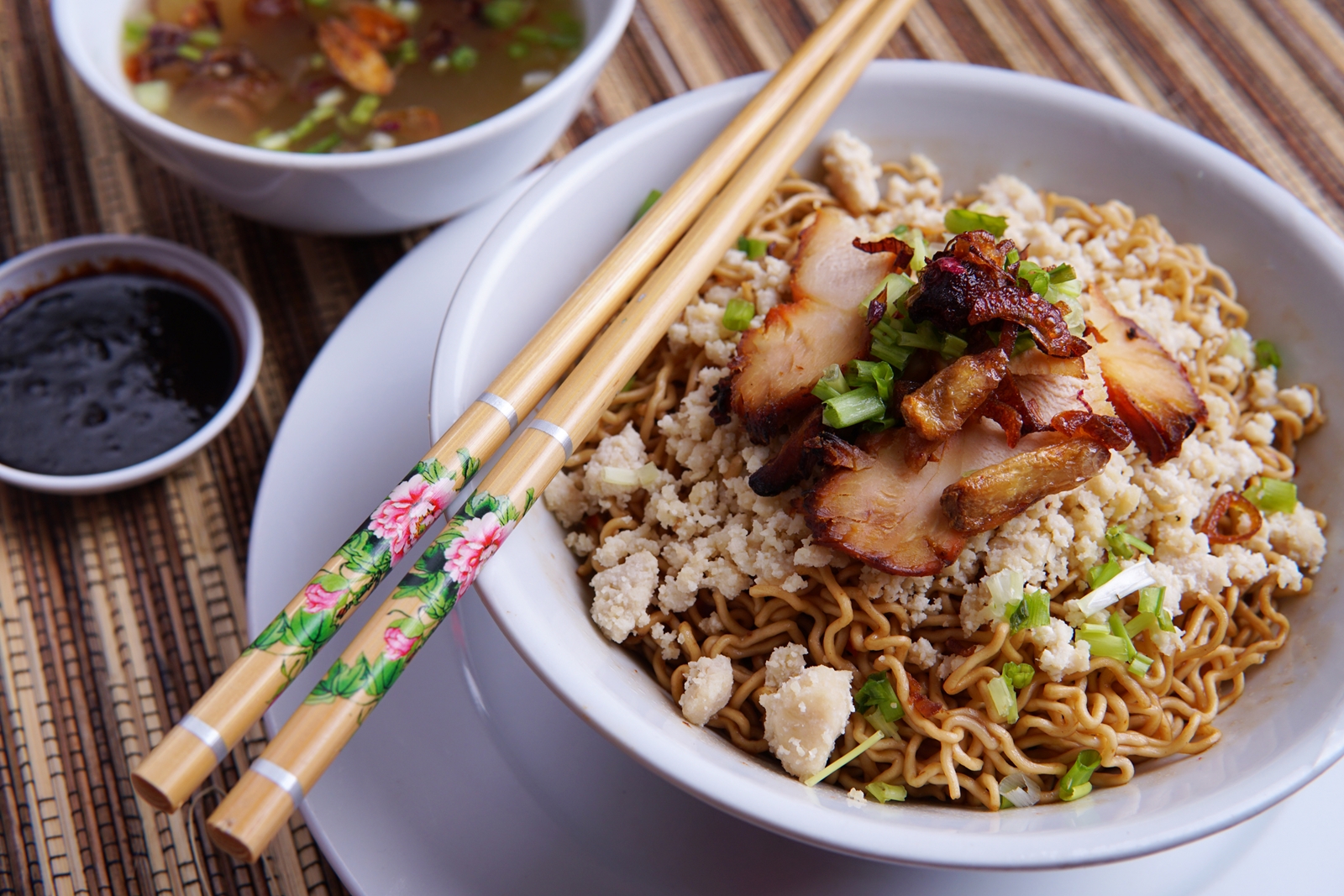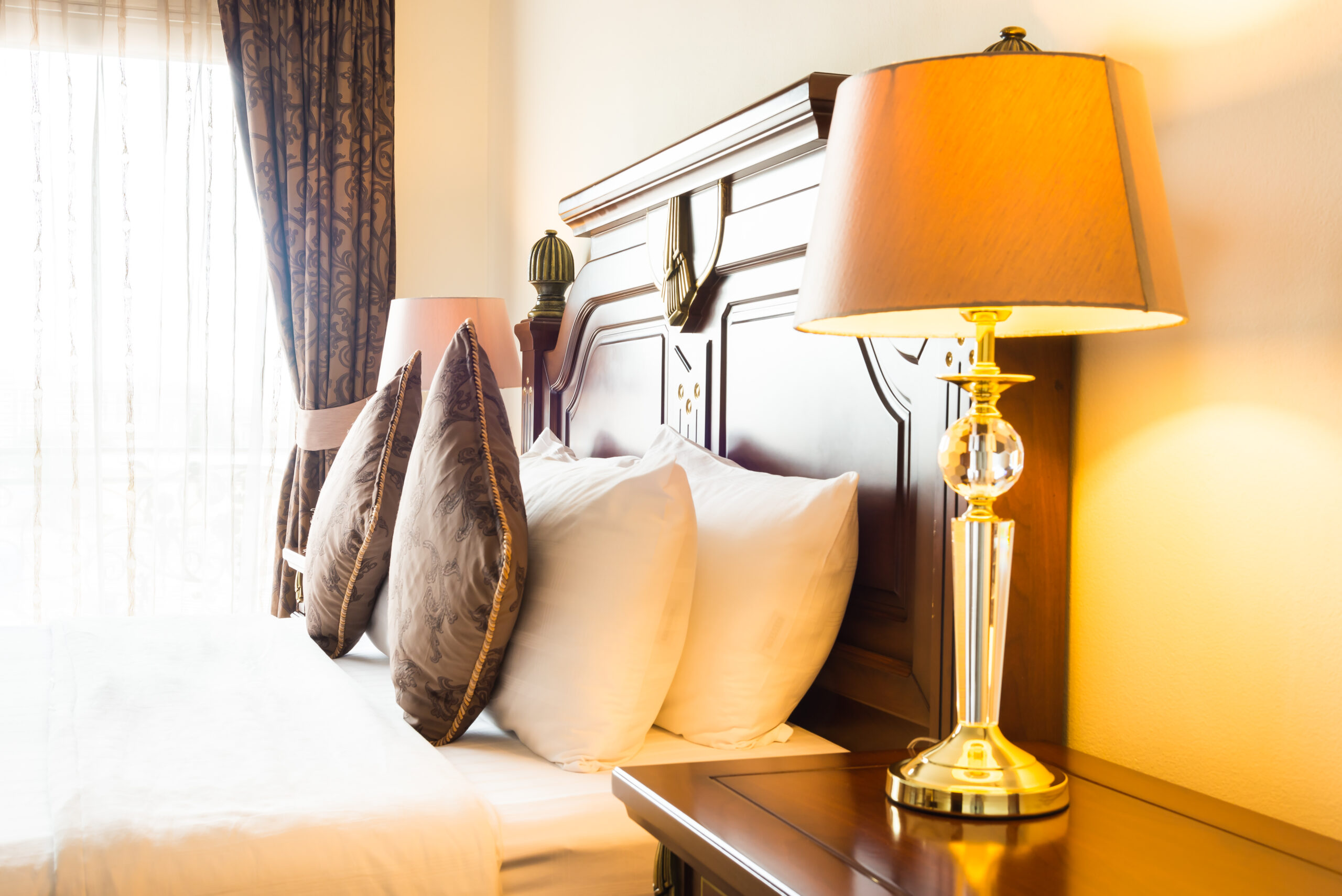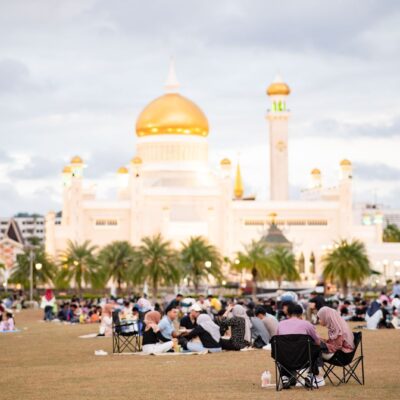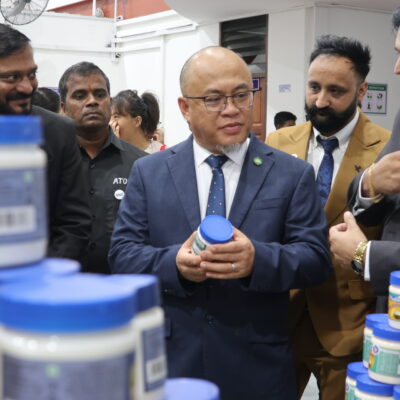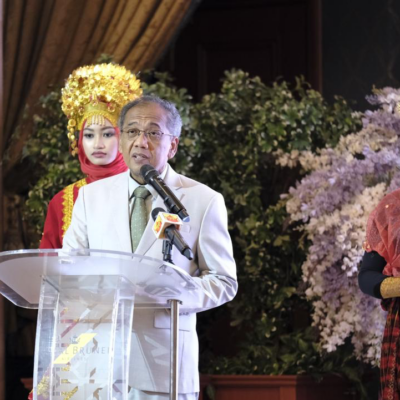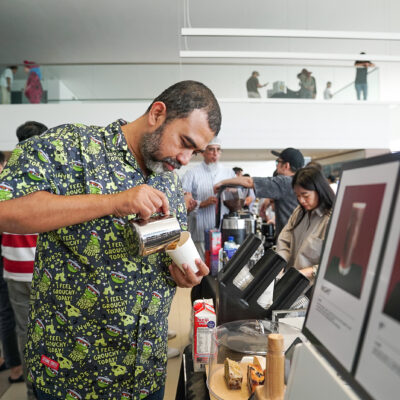Written by Ying Chia |
‘Sleepy Sibu’, that’s perhaps the most common phrase that you might hear when asking friends about their visit to Sarawak but peel away at the layers of this quiet town and you’ll unearth why the city is actually a cultural hotspot. I’d heard a lot from expat friends who have been, and feeling slightly ashamed that I had no personal context or contribution to make to their observations, booked myself on a plane departing from Miri the week after.
INTO THE WILD
Famous as a gateway to the Upper Rejang River, a densely forested area at the heart of Sarawak, Sibu has also been nicknamed by some locals as the ‘Wild West’ in reference to its tumultuous history, although these days it’s more famous for its food and festivals than anything. Sibu is home to a diverse community; indigenous tribes like the Dayak and Melanau still inhabit many of their original settlements, and the largest Chinese community in Malaysia. A modern city literally built by the immigrating Hokkien and FooChow, the multitude of temples catering to various philosophies is evidence to their legacy.
The city has survived through various colonialism, occupations and a World War, and there are well-marked heritage trails that can be walked to learn more of Sibu’s modern history. A walk along the Rejang River Esplanade at sunset was a welcome daily distraction from how much food I’d eaten every day in Sibu. Neighbouring districts, Sarikei and Bintangor are great half-day options if you’ve got time to rent a car.
MUST SEE: Tua Pek Kong temple, Sibu Heritage Centre, Sungai Merah Heritage Walk, Bawang Assan Longhouse Village.
PLEASE EAT
The great food culture arising from all this means Sibu;s reputation as a ‘foodie city’ is justified, and of course, the speciality is their FooChow and Hokkien cuisines. Kompia, Kolo Mee Kampua, and Ding Bian Hu are among the must-eat dishes in Sibu and while it’s pretty easy to find a good version of these anywhere across town, there are of course outstanding stalls, some have even been open since the late 1800’s, in the hawker centres.
For desserts and other local delicacies, you really can’t beat a day exploring and munching you way through the Sibu Central Market which is reportedly Malaysia’s largest indoor market that houses both a wet market for meats and seafood, and the dry market where all manner of local fruits, vegetables and Sibu snacks can be found. With two stories and 1,118 stalls to peruse, it’s a great stop to make for anyone wanting to really get into the local mindset. Even more stalls pop up on the weekends so make sure you bring a bag strong enough to carry all your shopping! If you’re easily amused, look out for the live chickens on sale, wrapped in a snug blanket of old newspapers and string.
GOOD SLEEPS IN SIBU
Whether you’re flying in or taking a road trip, there are great options for a good night’s rest in Sibu. Most of the fancier hotels are clustered around the river esplanade for added convenience. Rooms are very affordable but there are also some larger, luxury private house and condo rentals to be found online if you’re travelling with a big group.



